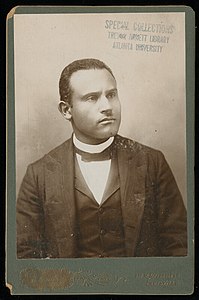Analysis of A Woman at Her Husband's Grave
Joseph Seamon Cotter 1861 (Louisville) – 1949
Peace to his ashes!
I cannot for the soul of me
Sorrowing bow,
Tho I search through the heart of me
Grieve for him now.
'Tis well he is gone
And heart-break is over,
A husband he was
But never a lover.
| Scheme | ABCBCDEFE |
|---|---|
| Poetic Form | Nonet (33%) |
| Metre | 11110 11010111 11 11110111 1111 11111 011110 01011 110010 |
| Closest metre | Iambic trimeter |
| Characters | 209 |
| Words | 44 |
| Sentences | 4 |
| Stanzas | 1 |
| Stanza Lengths | 9 |
| Lines Amount | 9 |
| Letters per line (avg) | 17 |
| Words per line (avg) | 5 |
| Letters per stanza (avg) | 153 |
| Words per stanza (avg) | 42 |
Font size:
Submitted on May 13, 2011
Modified on April 17, 2023
- 13 sec read
- 56 Views
Citation
Use the citation below to add this poem analysis to your bibliography:
Style:MLAChicagoAPA
"A Woman at Her Husband's Grave" Poetry.com. STANDS4 LLC, 2024. Web. 13 May 2024. <https://www.poetry.com/poem-analysis/24570/a-woman-at-her-husband%27s-grave>.


Discuss this Joseph Seamon Cotter poem analysis with the community:
Report Comment
We're doing our best to make sure our content is useful, accurate and safe.
If by any chance you spot an inappropriate comment while navigating through our website please use this form to let us know, and we'll take care of it shortly.
Attachment
You need to be logged in to favorite.
Log In